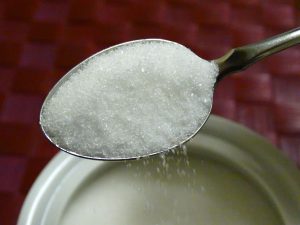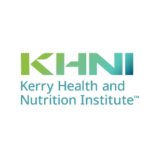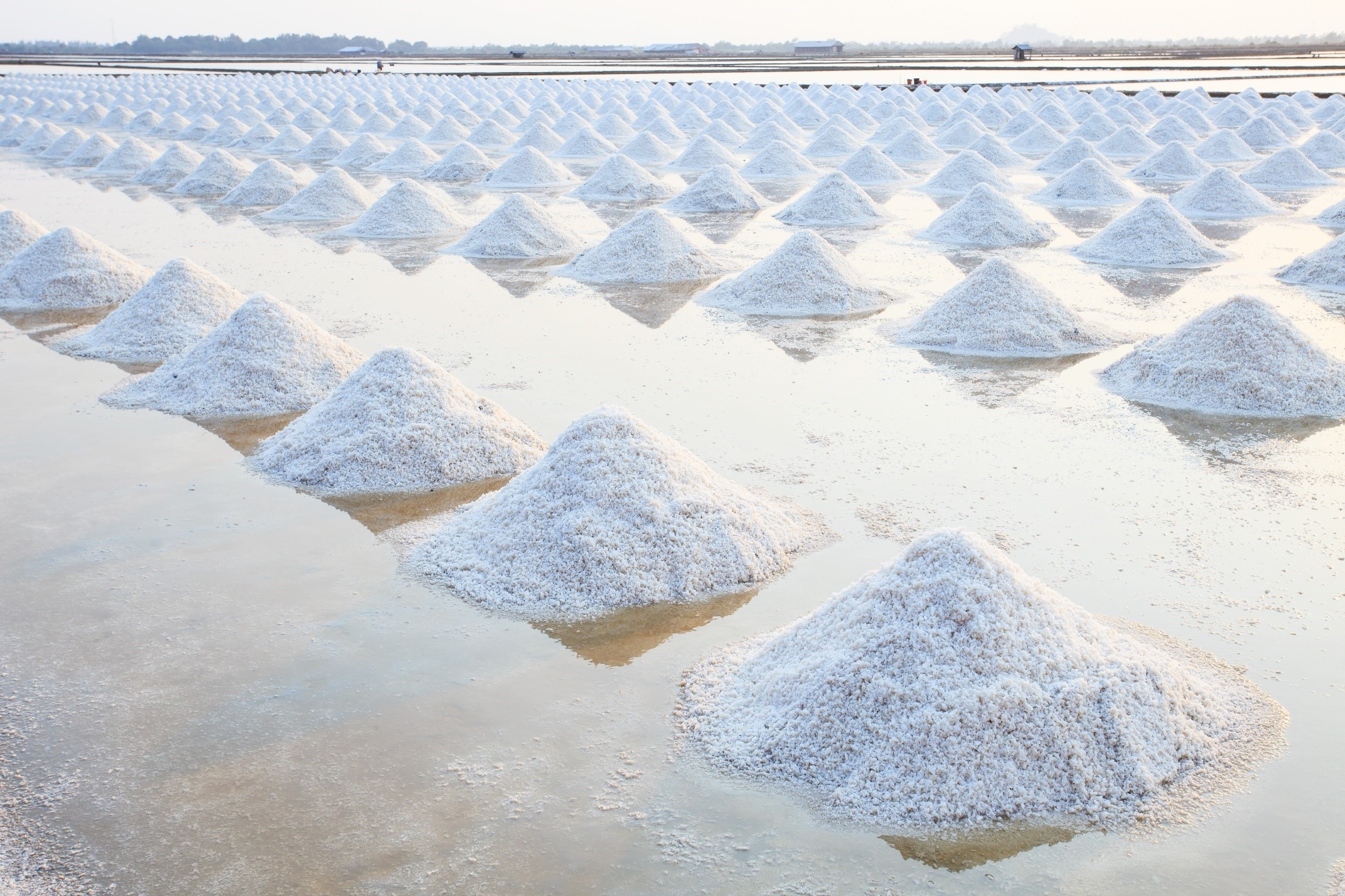 Researchers at the George Washington University Milken Institute School of Public Health have found that consumption of low-calorie sweeteners such sucralose and aspartame have increased by 54% in adults and 200% in children from 1999-2012. Over 20% of children and 44% of adults are consuming low-calorie sweeteners more than once per day.
Researchers at the George Washington University Milken Institute School of Public Health have found that consumption of low-calorie sweeteners such sucralose and aspartame have increased by 54% in adults and 200% in children from 1999-2012. Over 20% of children and 44% of adults are consuming low-calorie sweeteners more than once per day.
See the research summary on Sciencedaily.com
See the full article in the Journal of the Academy of Nutrition and Dietetics
Low-calorie sweeteners have been used to successfully reduce the sugar and calorie content of many foods. With added sugar due to appear on nutrition labels in 2018, we may see even more use of alternative sweeteners in the near future.
Low-calorie sweeteners are a key tool in reducing sugar content of our food supply and have been shown to reduce calorie intake when replacing sugar-containing sweeteners (e.g. sucrose, honey). Regulatory bodies have determined alternative sweeteners are safe for consumption.
Nevertheless, an increasing number of consumers are looking to avoid low-calorie sweeteners in their products and the USDA Dietary Guidelines Advisory Committee states that “added sugars should be reduced in the diet and not replaced with low-calorie sweeteners, but rather with healthy options, such as water in place of sugar-sweetened beverages”.
The best strategies for the industry to reduce sugar, then, may be ones that provide alternative experiences to sweetness. Examples include using more intense or diverse flavors, offering multi-sensorial eating experiences (e.g. varied textures, temperatures), or gradual sugar reductions over time.

 We bring the voice of science to some of the most challenging questions facing the food and beverage industry day to day through our network of over 1000 Kerry scientists, external collaborators, and our Scientific Advisory Council. Our content comes straight from scientists and experts in nutrition, taste, food, and sensory sciences to make sure we are providing up-to-date, credible information to guide people shaping the future of food.
We bring the voice of science to some of the most challenging questions facing the food and beverage industry day to day through our network of over 1000 Kerry scientists, external collaborators, and our Scientific Advisory Council. Our content comes straight from scientists and experts in nutrition, taste, food, and sensory sciences to make sure we are providing up-to-date, credible information to guide people shaping the future of food. 

